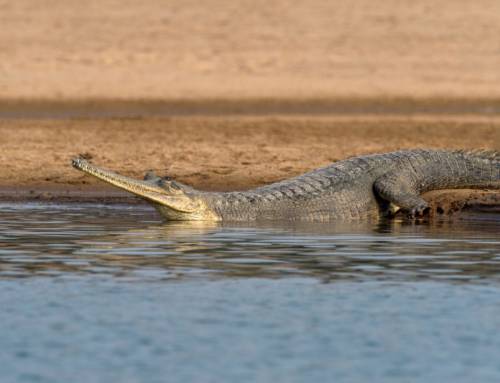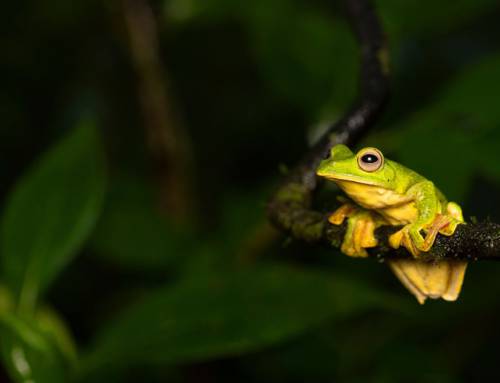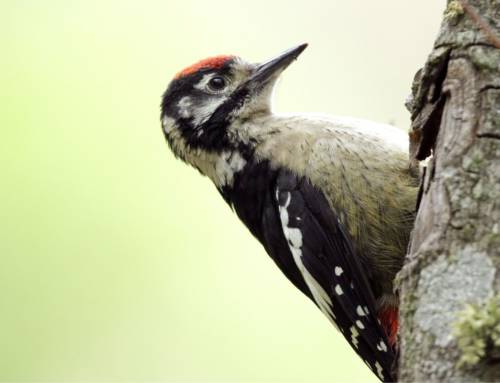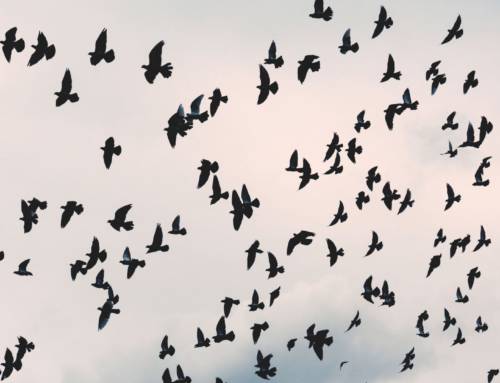Author: Krithika Sampath
Key highlights:
- The study looks at ex-gratia compensation payments and procedures for human wildlife conflict (HWC) incidents across 29 Indian states.
- Between 2012-13, 78,656 incidents of conflict were reported across India, with most of them (73.4%) being attributed to crop and property damage incidents.
- Twenty eight states compensated for human injury or death, with INR 2.15 lakhs ($3,324) being paid on average to people’s families.
- On average, INR 3,145 ($47) were paid for crop and property damage, INR 4,951 ($74) for livestock, INR 6,892 ($103) for human injury and INR 2,15,718 ($3,224) for human death.
- Despite a nationwide policy to compensate for wildlife related damages, payment policies and application requirements vary by state. Standardizing payment procedures could help all people affected by HWC to receive financial assistance for their losses.
For people living near wildlife reserves, interactions with wildlife are common and can often result in loss of crops, livestock and property and occasionally, human injury or death. People employ various means of coping with such interactions, including building fences, night guarding, and creating noise to ward off animals. However, earlier work by Dr. Krithi Karanth and Sahila Kudalkar in 2017 established that most of these efforts do not work consistently over long periods of time.
Insurance schemes and ex-gratia compensation payments are also widely used to offset the financial losses that could occur due to wildlife such as tigers, leopards, and elephants. The Indian government uses ex-gratia payments as a policy tool to compensate people affected by human- wildlife conflict (HWC). Payments are decided by each state government on a per-incident basis. With human and wildlife densities varying widely between different states in India, compensation policies also differ significantly, as was discovered in a study conducted by authors Dr. Krithi Karanth, Shriyam Gupta and Anubhav Vanamamalai from the Centre for Wildlife Studies. Published in 2018 in the journal Biological Conservation, the research outlines the existing payment policies and procedures for HWC incidents, and the wildlife species for which payments were processed in 29 Indian states between 2010- 2015. Data was collected by communicating with government officials and by filing for Right to Information (RTI) requests.
The authors found that two out of the 29 states (Manipur and Nagaland) did not have any HWC policies, and only 18 states were able to provide information on the number of conflict incidents recorded and the payments made between 2012-13. Across these states, 78,656 incidents of conflict were reported, including crop loss (73.4%), livestock predation (20%), human injury (6.2%) and human death (0.4%). Ex-gratia compensation for these incidents totalled INR 35.6 crores ($5,332,762), with ~50% of the payments made for crop loss and property damage. Crop damages were compensated in 22 states, and depending on the extent of losses faced by an individual, compensation was capped at a particular amount (for eg. Kerala capped compensation at INR 75,000 or $1,121). Payments made for property damage varied by the quality of construction and the extent of damage, from INR 468- 1,000 ($7-15) in Tripura to INR 1 lakh ($1,523) in Madhya Pradesh and Chattisgarh. The processing time for crop and property damage cases were inconsistent, and ranged from 15 days in Chattisgarh to an indefinite period of time (Uttar Pradesh, Tripura and others).
Twenty six states paid for livestock losses, with amounts being determined based on market price, breed, utility and age of the animal. On average, INR 4,951 or $74 was paid for livestock losses, with higher amounts being paid in states with higher per capita incomes. Incidents were required to be reported within 24 hours (Bihar) to 90 days (Kerala), and sometimes required a veterinary certificate and photographic evidence.
Human injury cases were classified as permanent disability, minor or major injuries and were compensated accordingly. Payments for minor injuries sometimes only covered treatment charges and were capped between INR 9,970 ($149; in Himachal Pradesh) and INR 75,000 (or $1,121; in Kerala). On average, INR 6,892 ($103) was paid as compensation for human injury incidents, with Madhya Pradesh reporting the highest number of incidents (2,906 in 2012-13). Human deaths had to be reported between 24 hours to 90 days, with payments taking up to 93 days (in Himachal Pradesh) to reach people.
The authors found significant differences in how policies listed the animals that could be considered for ex-gratia payments. Tiger and leopard were most commonly documented, whereas many conflict causing animals such as pigs were often not eligible for payments. Compensation also varied by the animal involved in the accident. For example, Kerala only paid INR 1 lakh or $1,495 for deaths caused by snakebites, about 20% of the compensation given for deaths caused by other wildlife. In Andhra Pradesh, Telangana and Tripura, human injury and deaths due to snakes and monkeys were not compensated.
Negative interactions with animals could result in people losing their livelihoods, leading to food and financial insecurity and occasionally, retaliation against wildlife. Ex-gratia compensation payments offer financial relief to people affected by conflict and have seen some success in changing people’s attitudes towards wildlife. The authors suggest changing policies to a)simplify the application process, b)include relevant conflict prone species and c)standardize payments across states. This could enable widespread access to ex-gratia payments for all people affected by conflict and help conserve wildlife.
Original Article: Karanth, KK, Gupta, S, Vanamamalai, A. 2018. Compensation payments, procedures and policies towards Human-Wildlife Conflict Management: Insights from India. Biological Conservation. doi:10.1016/j.biocon.2018.07.006
You can find the link to the research article here.






